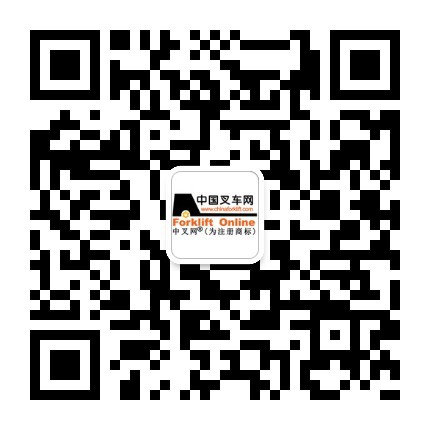“We will create dashboards for clients who will track metrics around utilization, productivity, safety and accuracy,” says Peter Schnorbach, labor management expert with Manhattan Associates . “We can summarize at that level by tracking individual employee performance. We can also track what the productivity should be, taking into account any mistakes the supplier made.”
Schnorbach says labor makes up about half the cost of most distribution operations, but it tends to be the last thing managers worry about.
“There’s a lot of bang for the buck there that companies could use to fund the automation projects they want to do,” he says.
It’s one thing to measure labor productivity, but engaging employees to be more productive has to come first. Schnorbach suggests that by giving employees access to data and enabling them to provide feedback, processes can be streamlined and improved.
Research supports his contention. Julie Fraser, lead analyst with Cambashi (www.cambashi.com), an industry research firm, is working with the Manufacturing Enterprise Solutions Association (www.mesa.org) on a study called “Pursuit of Performance Excellence: Business Success through Effective Plant Operations Metrics.” It’s still early in this project, but findings are leading to interesting conclusions regarding the connection between labor productivity and automation. One of those conclusions is you need to give employees stewardship in any process.
“Asking employees to enter the data for measuring processes helps them to really understand the process and how to improve it,” Fraser says. “Data requires analysis, including validation and verification. Making sure the employees understand what they are improving can be critical. Manual operations can have good measurements and targeted key performance indicators, but there is a built-in challenge with the data collection in that it requires cleansing.”
Lifting Lift Truck’s Labor
While labor may represent half the cost of distribution operations, it can be 80% of the cost of operating a lift truck. With lift trucks being the most common material handling tool in a plant or DC, labor management becomes that much more important. That’s why lift truck vendors and systems providers are providing ways to automate lift truck movement and data collection.
Such solutions are not intended to replace traditional lift trucks, but to reduce labor costs by leveraging and multiplying labor across several trucks. Neither are such vehicles replacements for automated guided vehicles (AGVs), which don’t have operators. But lift truck providers are starting to offer variations of both technologies to meet their customers’ demand for higher productivity.
For example, Toyota Material Handling’s Automation Group offers its own line of AGVs, but the company can also help customers convert its standard lift truck tow tractors into AGVs using an aftermarket kit. The kit allows the customer to use the truck in either automatic/AGV mode or manual mode (operator). It alternates between automatic or manual mode intuitively through an operator presence sensing system. If an operator stands on the platform, the tow tractor automatically reverts back to manual mode.















 粤公网安备 44010602003952号
粤公网安备 44010602003952号